The amazing Farman brothers not only designed around 200 different types of aircraft but also one of the first sporting automobiles with ‘gullwing’ doors.
Story by Gijsbert-Paul Berk
Ask any automobile enthusiast to name an iconic make from the golden years of the French car industry between 1919 to 1939, and most will immediately say ‘Bugatti’. Others will also recall Amilcar, Delahaye, Delage, Salmson, Talbot and Voisin, maybe Ballot or Chenard Walker. But the name Farman is hardly ever mentioned. One or the reasons is that many believe that Farman was a British manufacturer.
Fortunately, there exists an excellent documented and well-illustrated book about Farman. It is the work of three distinguished French automobile historians and authors; Claude Rouxel, Laurent Firry, (who also co-authored Le Gotha de l’Automobile franançaise) and Sébastien Faurès Fustel de Coulanges, well known for his prize winning book FIAT en Grand Prix, 1920-1930 and his regular articles in the British magazine The Automobile. Farman ‘De l’aviation à l’automobile (ISBN: 978-2-7268-9747-8) is published by E-T-A-I in France. Unfortunately, for Anglophone readers, this interesting book only exists in the French language.
The father of the Farman brothers was indeed British; a journalist and the Paris correspondent of the London Standard newspaper, who lived in France with his French wife. Therefore their three sons, Richard, who was also known as Dick (1872–1940), Henry, who wrote his name as Henri (1874–1958), and Maurice (1877-1964), indeed officially had the British nationality. However, they were born, grew up and were educated in France. The two younger brothers, in particular considered themselves as French as the Marseillaise. And the achievements of the Farman brothers, as pioneers in the fields of aviation and automobile production, are certainly part of the industrial heritage of their motherland, France.
From an early age onward the name Henri Farman appeared regularity in the media because he was an all-round sportsman and a successful bicycle racing champion. But he was fascinated by the many mechanical inventions that appeared at the turn of the century and he started motor racing and participated in various events. He also wanted to become an aviator.
Farman aircraft
When Gabriel and Charles Voisin switched from building kites to producing propeller driven aircraft, Henri bought one the first they made. He used his 1907 Voisin pusher-biplane with its 50 HP Antoinette engine to gain experience and established a number of distance and duration records. Together with his brother Maurice he also modified it to improve its stability and maneuverability. In doing so they discovered the usefulness of small movable wing flaps. In fact, the Farmans invented these ‘ailerons’.
These efforts were fully rewarded on 13 January 1908, when Henri became the first (in Europe) to fly a complete circuit of 1 kilometer over a military exercise field at Issy-les-Moulineaux, a Paris suburb.
This not only made him a French national hero overnight but also earned him 50,000 francs, (then roughly £2000) the prize money offered by Ernest Archdeacon and Henri Deutsch de la Meurthe, for the Grand Prix d’Aviation. On 21 March Henri bettered this performance with an unbroken flight of 2 kilometers.
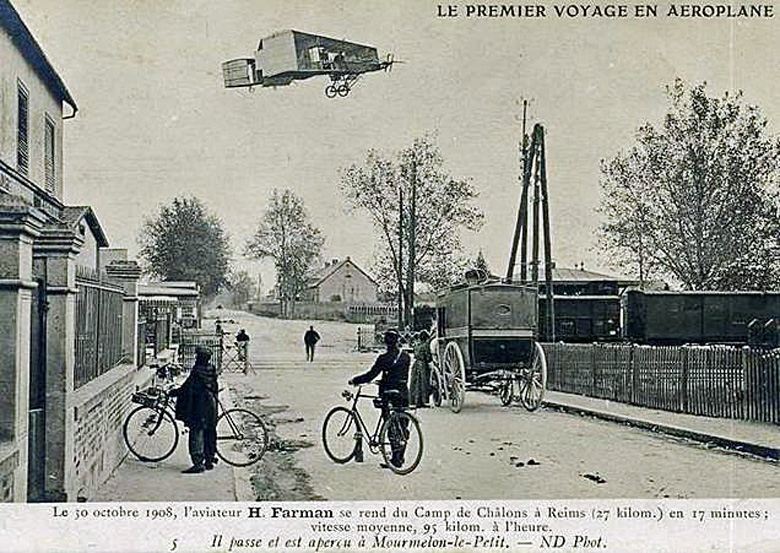
This postcard from 1908 shows Henri Farman in his Voisin aircraft flying on 30 October that year from Châlons-sur-Marne (now Châlons-en-Champagne) to Reims. It was the first ever cross-country flight in Europe. He covered the distance of 27 Km. in 17 minutes, 95 Km/h average speed.
In 1909, Henri Farman opened a flying school. After a row with Gabriel Voisin that same year, he decided to build aircraft of his own design similar to the aircraft his brother Maurice had built.
In those days, Richard and Henri owned an automobile dealership in Paris. Their ‘Palais de l’Automobile’, which sold expensive Delauney-Belleville, Panhard-Levassor, and Renault chassis with custom made bodies by some French top coach builders, was very successful.
This solid financial background enabled the brothers to set up a well-equipped aircraft factory in the rue de Silly at Boulogne-Billancourt in 1912. The new partnership, called ‘Avions Farman Frères’, also incorporated the activities and experience of Maurice as aircraft designer and builder. Hereafter Farman planes designed by Henri Farman got the prefix HF, while those designed by Maurice have the prefix MF.
When in 1914 WWI broke out, Farman was immediately capable of delivering a number of aircraft which had already been developed before the war, such as the MF 7. These were mainly used for artillery observation and reconnaissance. The Farman MF-11, introduced in 1914, was the first operational French night bomber. Between 1914 and 1918 the factory at Boulogne-Billancourt produced 4,164 Farman aircraft.
After the armistice, Farman introduced the F.60 “Goliath”, a large double decker, with two 190 kW (260 hp) Salmson CM.9 radial piston engines driving the propellers. It was originally designed as a heavy bomber but, because the demand for warplanes had dried up, it was adapted to carry freight and passengers and became one of the world’s first commercial airliners. In February 1919, on one of its first trips, it transported twelve passengers from Toussus-le-Noble, 6 km south-west of Versailles, France to RAF Kenley, near Croydon in Great Britain. This ‘maiden trip’ across the Channel took 2 hours and 30 minutes.
Later that year the Farman Brothers founded an airline and started a regular passenger service from Paris to Brussels. The Farman Goliaths were also used for regular flights from Paris to London and to places in North Africa such as Casablanca, the island of Mogador and Saint Louis in Senegal.
Next week: Farman automobiles
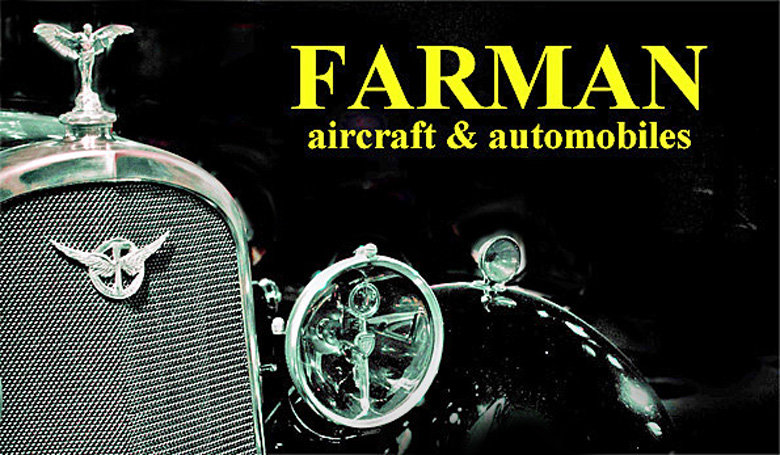
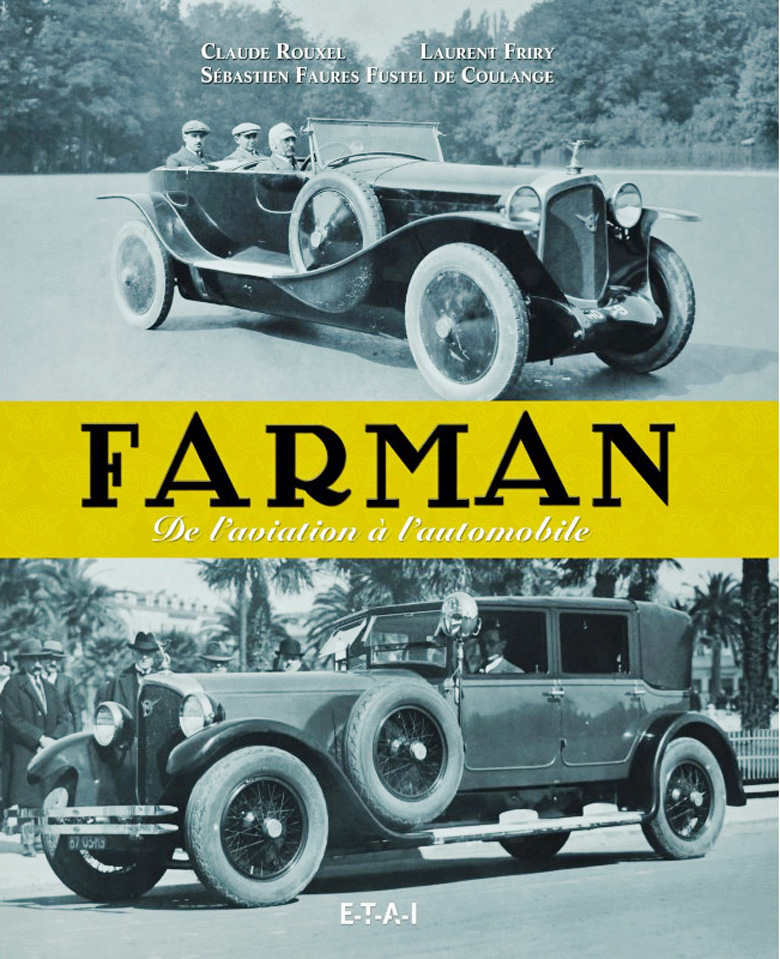

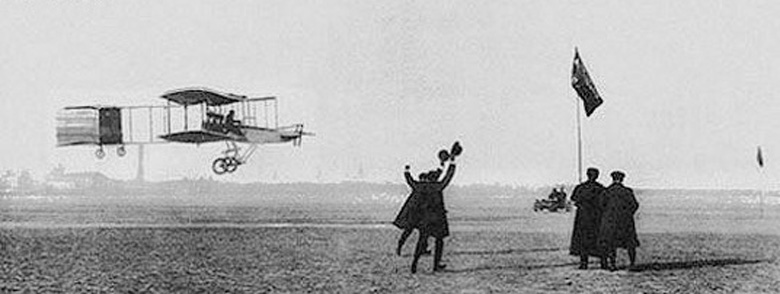
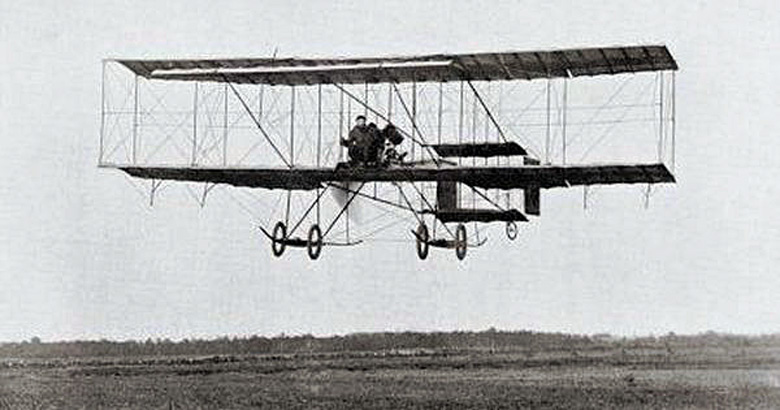
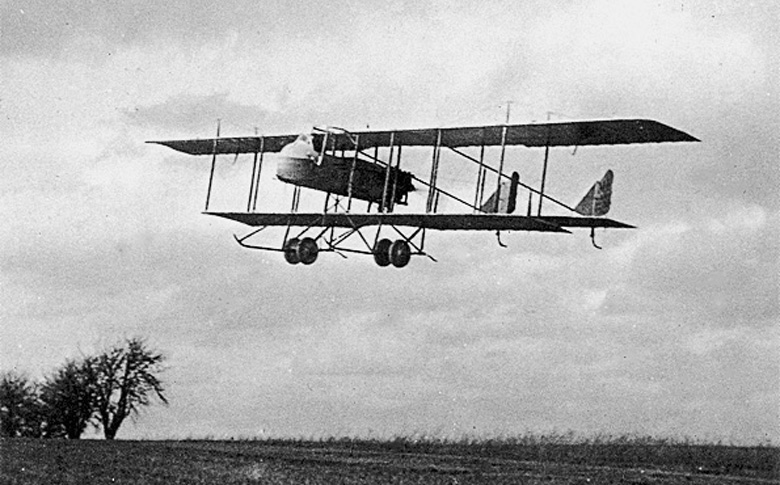
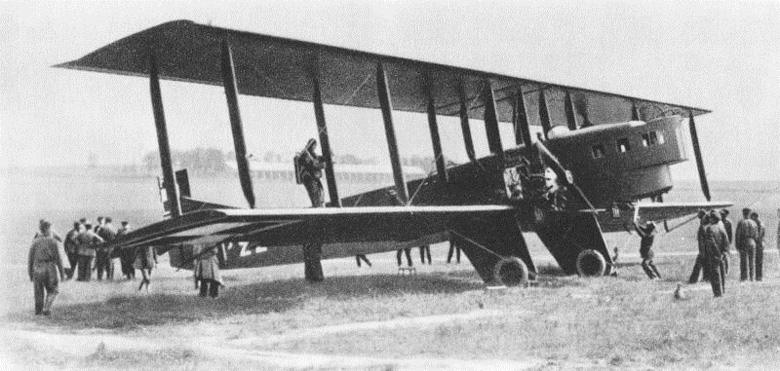
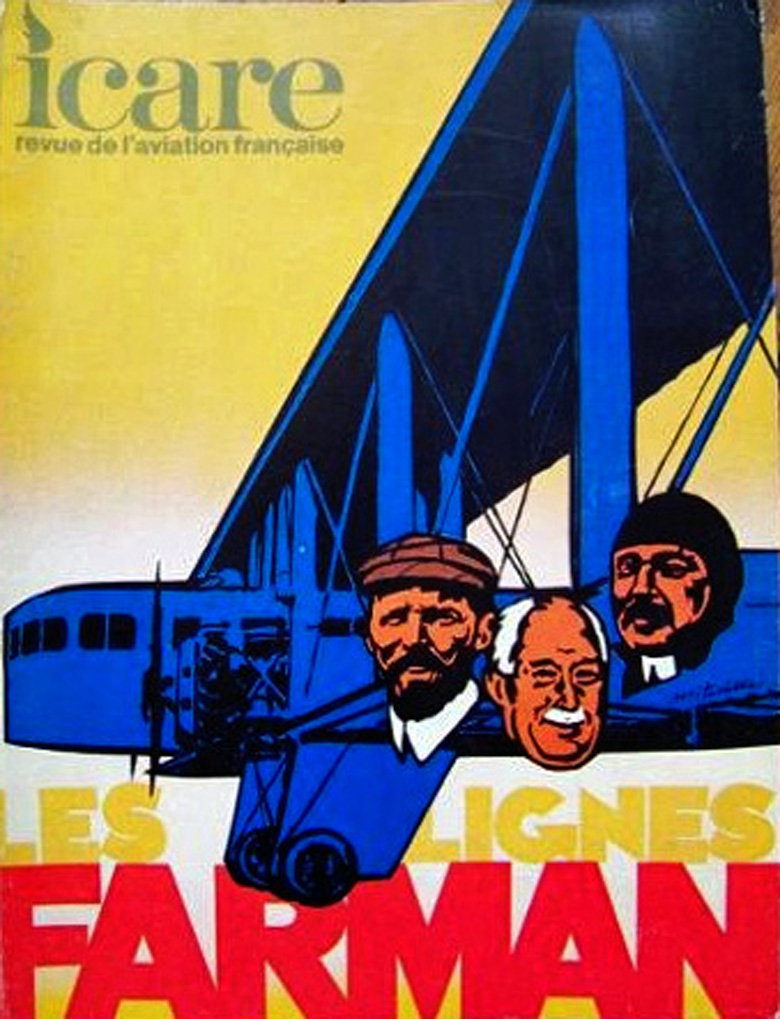
The more complete description of Farman’s “ailerons” – from Wikipedia, but confirmed by my knowledge as an air and space docent in DC follows in this paragraph: Henry Farman’s ailerons on his 1909 Farman III were the first to resemble ailerons on modern aircraft as they were hinged directly to the wing planform structure, and thus were viewed as having a reasonable claim as the ancestor of the modern-day aileron.
However, ailerons were invented in the 1860s and their effective control function, using wing warping (e.g, Wrights) or small winglets (e.g., Curtiss) preceded Farmon’s. His was an engineering innovation, not a control conceptual innovation.
That said, Farmon aircraft were certainly important in the early days of flight and this article is excellent.
Thank you for your comment and clarification. You are absolutely right. It is generally accepted that the principle of the ‘ailerons’ (French for ‘little wings’) was first described in 1864 by the British scientist and inventor Matthew Piers Watt Boulton (1920 – 1894) in his publication entitled “On aërial locomotion”. He patented his ‘invention’ in 1868. However, Boulton had no aircraft at his disposal to prove his theories. The fact that the Wright brothers in 1906 were able to obtain a US patent does in no way invalidate Boulton’s original British patent.
But it is clear that during the early 1900’s, the pioneer pilots and aircraft builders on both sides of the Atlantic, such as the Wright brothers, the French military engineer Esnault-Pelterie and Henri and Maurice Farman discovered the practical advantages of the ‘little wings’ and used them to improve the control of their aircraft.
Best regards, Gijsbert-Paul Berk